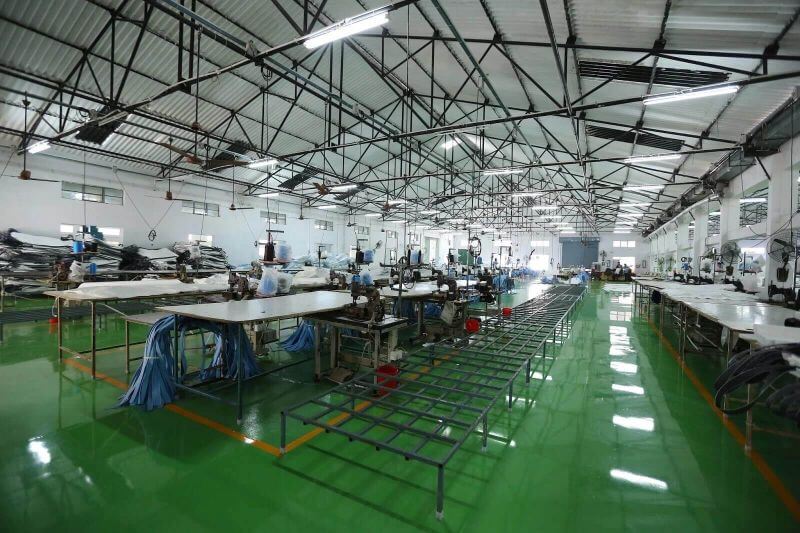



If you are currently using bulk containers that are big and challenging to use, think about switching to flexible intermediate bulk containers. These bags are more adaptable and affordable. Bulk bags, also known as FIBCs, are superior to other types of material processing, shipping, and storage containers in many ways. Every day, more companies worldwide reap the advantages of bulk bags.
Flexible Intermediate Bulk Containers (FIBCs) are a preferred option for the storage and transportation of bulk materials in a variety of sectors. Compared to conventional packing techniques like sacks, drums, and cartons, FIBCs have a number of benefits. We will contrast the expense and effectiveness of FIBCs with conventional packaging techniques in this blog article.
Flexible Intermediate Bulk Containers (FIBCs) are an economical option for the storage and transportation of bulk materials in a variety of sectors. Compared to conventional packing techniques like sacks, drums, and cartons, FIBCs have a number of benefits. We will contrast the expense and effectiveness of FIBCs with conventional packaging techniques in this blog article.
Traditional packaging techniques, on the other hand, like sacks, drums, and cartons, are typically more costly. They are composed of more expensive materials than the polypropylene fabric used in FIBCs, such as paper, plastic, or metal. The total cost of transportation and storage is increased by the extra costs associated with traditional packaging techniques such as tape, pallets, and handling equipment.
Efficiency should also be taken into account when contrasting FIBCs with conventional packing techniques. Filling spouts, which are intended to make the filling procedure easier and minimize waste, can be used to fill FIBCs. release spouts and bottom outlets that enable rapid and effective product release making it simple to empty FIBCs.
On the other hand, traditional packaging techniques take more time and work to load and empty. For instance, directly filling sacks can be labor-intensive and physically taxing. Similar to how cartons and drums require extra handling tools like forklifts to move them, adding to the total amount of time and labor needed for storage and transportation.
Furthermore, FIBCs have a larger storage capacity than conventional packaging techniques. A sack usually holds 50–100 pounds of material, whereas FIBCs can hold up to 3,000 pounds. By using fewer bags to transport and keep more material, FIBCs can lower handling and storage expenses.
Summing it up
In summary, FIBCs have a number of cost and efficiency benefits over conventional packaging techniques. In comparison to sacks, barrels, and cartons, FIBCs are more affordable, environmentally friendly, and effective. FIBCs have a greater storage capacity, can be rapidly filled and emptied, and require less handling equipment. Therefore, switching to FIBCs can help companies who want to streamline their storage and transportation procedures.
The secure and effective storage and transportation of bulk goods—both of which are crucial for your company—can be made possible at Virgo Polymers.
To safeguard your company's supply chain operations, we offer you a range of FIBC bags suitable for your company’s material, storage, and transportation.
Call +91 90030 48815 to know more or email us at info@virgopolymer.com
